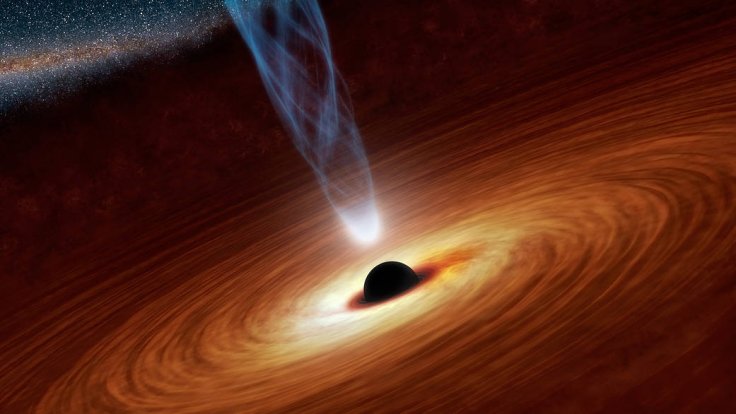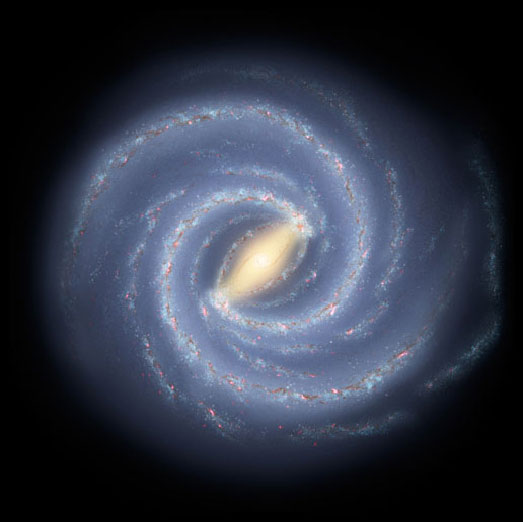
New research into the behaviour of supermassive black holes at the centre of each galaxy revealed that they attract nearby objects and devour them, eventually sucking the life out of the galaxy and taking away its ability to produce new stars.
Earlier, it had been established that black holes contribute towards destroying old stars as well as creating new ones. Scientists have now discovered that the black holes play a crucial role in regulating the galaxy's ability to reproduce and also determine when it will stop making stars through a process called "quenching".
"This is the first direct observational evidence where we can see the effect of the black hole on the star formation history of the galaxy," co-author Jean Brodie, an astronomer at the University of California, Santa Cruz, said in a press release.
The study, published in Nature, was conducted by a group of scientists from the University of California Santa Cruz. Its lead author Martin-Navarro and the team analyzed spectra of light from distant galaxies using data from the Hobby-Eberly Telescope Massive Galaxy Survey to determine the process.

Using the information, they created a "historical snapshot of a galaxy's star formation" process. Comparing this data with the mass of black holes present at the center of each galaxy, they came to the conclusion that bigger black holes are more efficient in quenching the galaxy. The process does not depend on the shape, size or other properties of the supermassive black hole.
The study further stated that star formation ceased earlier in galaxies with black holes of a higher mass and that there was a continuous co-relation between black hole activity and cooling of the galaxy.
Quenching occurs as cold gas, that forms stars, pours into the black holes, triggering high jets of energy which expel the gas out of the galaxy. When this keeps happening for a long time, star formation shuts down altogether.
A statement by Navarro said that two galaxies with the same mass of stars but different black hole mass would require different time periods for quenching; the galaxy with the bigger black hole would stop producing star faster than the other one.

The Milky Way galaxy, which houses our planet, has its own supermassive black hole that is on the verge of turning it sterile. Perhaps, a few billion years later, there would be no more star in the Milky Way too as the black hole would have consumed everything and evaporated.
Although the correlation between the two factors has been established, researchers are yet to determine the exact physical and mechanical process that lead to this result. Study co-author Aaron Romanowsky said that there are several stories about quenching but none of them are specific or perfect. Lead author Navarro, on the other hand, is hopeful of making a telescope powerful enough to enable scientists to study the supermassive black holes at the centre of the galaxy, reports Newsweek.
Check out this video to know more about supermassive black holes:









